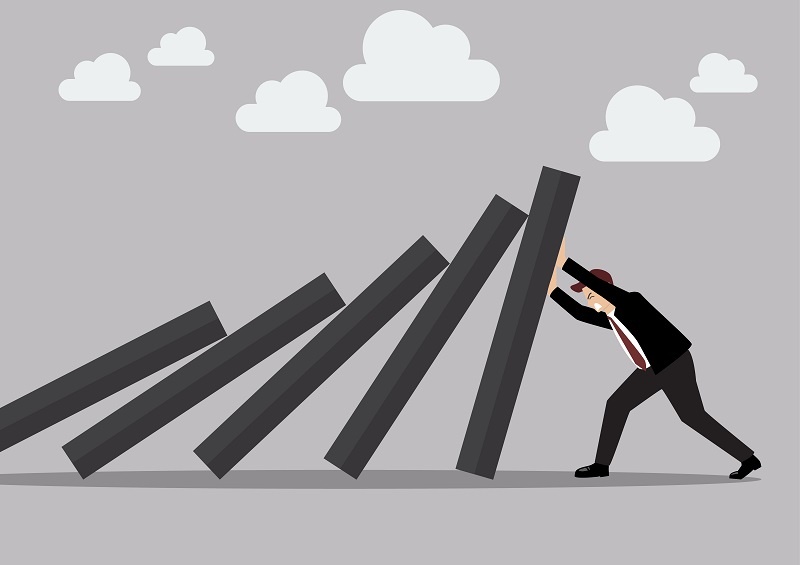why your organisation needs a regular date with resilience

Stress. More than ever, our awesome readers have requested we discuss stress management and tips to mitigate and reduce the effects in the workplace.
It’s not hard to see why – sadly it’s a growing statistic, a recent Minter Ellison survey found that 56% of organisations were reporting a year-on-year increase in the number of mental health cases at work.
What would you say if I told you a more resilient workforce was the path to reducing some of these cases? Comcare’s last Injured Worker Survey found that injured workers with high resilience tend to recover more quickly, return to work more quickly and have less expensive claims.
While some people are born naturally resilient, others need to work at it, as Barbara Fredrickson, author of Positivity states,
“Resilient people are characterized by an ability to experience both negative and positive emotions even in difficult or painful situations. They mourn losses and endure frustrations, but they also find redeeming potential or value in most challenges.
When not-so-resilient people face difficulties, all of their emotions turn negative. If things are good, they feel good, but if things are bad, they feel horrid."
There are a number of factors that can impact an individual’s resilience, from health issues, stressful life events, an ill suited job and environment.
However, there are a number of options available to organisations to try and improve resilience levels in their employees.
Some tips for building resilience include:
Educate your employees on the signs and symptoms of mental illness and instead of having it promoted say once a year, keep it front of mind with accessible mental health policies and procedures to encourage employees to seek help early. If the issue is quite prevalent in your organisation or you’re keen to get things moving quicker, consider running resilience training programmes to help workers manage stressful situations.
Encourage an active culture: the research is all around about the benefits of exercise on mental health, injury recovery and overall physical health. Read our guide here on how you can build an active workforce.
Employee assistance programs: if your organisation has an EAP programme, you may think employees are aware it exists. Trust me, unless they saw it when they needed it, they often have no idea. Keep it front of mind by regularly promoting EAP through a variety of communication channels – team tool boxes, emails, intranet, all staff briefings, desk drops etc.
Regular worker engagement surveys: it’s the regular health check your company needs. Use the constructive feedback to make progressive changes within the company and ensure Management are accountable by having issues resolved and communicated in a timely manner as part of their departments KPI’s
Promoting mindfulness to manage stress and anxiety and encourage the use of self-help resources, such as Headspace or BeyondBlue.
Encourage managers to have regular conversations with their employees. According to Great-West Life Centre for Mental Health in the Workplace, ‘employees who are not clear about their role can begin to disconnect and become frustrated. Role ambiguity is a significant risk factor to mental ill health and may lead to psychological injury. On the other hand, having role clarity leads to engagement, job satisfaction, commitment and productivity, all of which are good for mental health.’
Find yourself on the fence about this date with resilience? Consider this; the Minter Ellison survey also stated that organisations are spending little to no funding on employee mental health or wellness programmes.
Research indicates that $2.30 is the average return on investment for every $1 invested in creating a mentally healthy workplace.
If you would like to discuss with GB about what action plans are available to improve the mental health and wellbeing of your workplace, contact us today.

